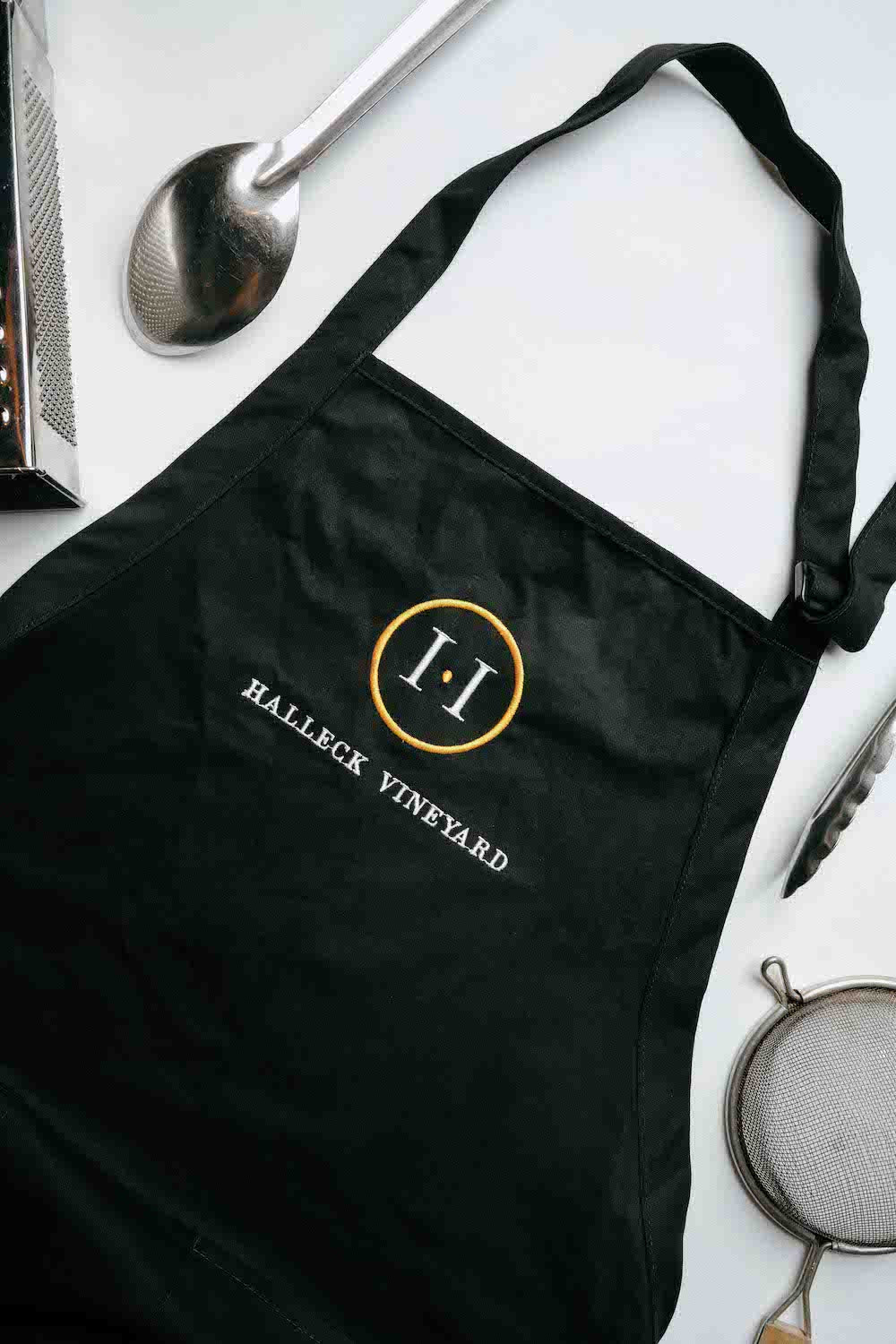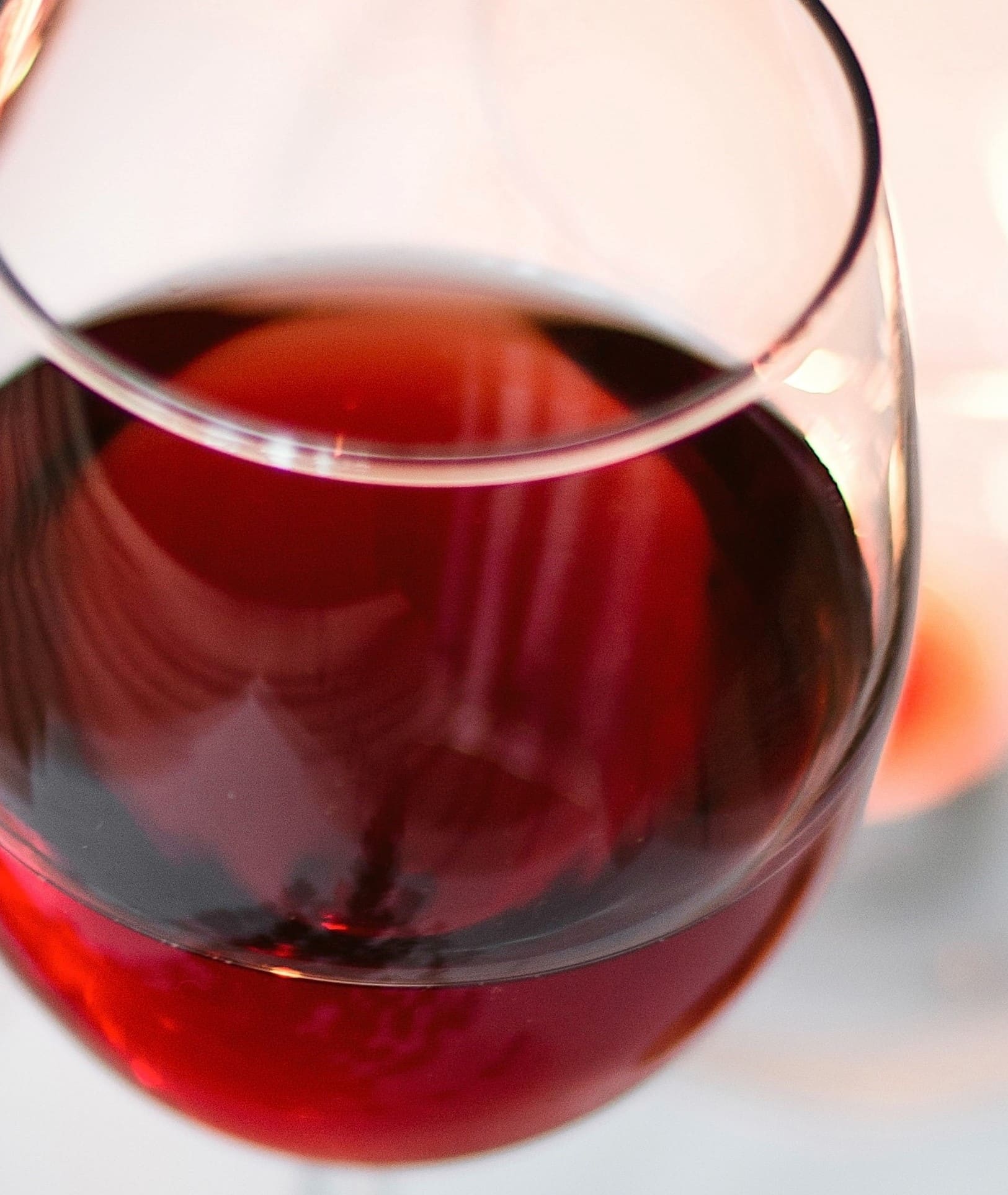Rustic Family-Owned Wineries In Sebastopol - Vineyard Visits And Wine Tasting In Sonoma
Rustic Family-Owned Wineries In Sebastopol - Vineyard Visits And Wine Tasting In Sonoma
Blog Article
Wine Tasting Trails In Sonoma Valley - Greatest Wine Tasting Locations In Sonoma
Wine tasting is an art that mixes sensory experience with an appreciation for the nuances of different varietals. How to gauge flavors in winery wine tasting periods is pivotal to grasping the complexities of wine.
Participating in a wine tasting entails greater than merely sipping and savoring. It requires a targeted strategy to determine aromas and flavors that each wine presents. As you start, observe the wine's look, noting its shade and readability. These visual cues usually suggest a wine’s age, grape variety, and even potential flavor profiles.
The next step in the tasting process is to swirl the wine in your glass. This motion releases fragrant compounds that are important for analysis. Lean in and take a second to inhale deeply; the aromas can range from floral and fruity to spicy and earthy. The nose of the wine is simply as important because the palate, and recognizing scents performs a big position in understanding the overall experience.
When taking your first sip, enable the wine to maneuver across your palate - Elegant Wine Tasting Locations In Sonoma. Notice the initial flavors that current themselves. Is the wine fruity, floral, or maybe herbaceous? This preliminary style offers perception into what the wine is likely to express as you continue to judge it. The mouthfeel additionally contributes to the overall flavor experience; it can be silky, tannic, or even effervescent.
Hidden Gem Wineries In Sonoma County - Sonoma Valley Vineyards And Wine Tasting
As you proceed tasting, pay consideration to the wine’s steadiness. A well-balanced wine will harmonize acidity, sweetness, and tannins. If one part overwhelms the others, it would point out a less desirable quality. Evaluating stability can help you establish how properly the wine would possibly pair with food.
Transitioning to the end, contemplate how the flavors evolve because the wine lingers in your palate. A long, pleasant finish can point out a high-quality wine, whereas a brief or abrupt finish might suggest otherwise. Replicate on whether or not the flavors remain consistent or if new notes emerge because the wine settles. This progression can reveal complexities and intricacies that might not have been apparent within the preliminary tasting.
Temperature can additionally be a crucial factor in evaluating wine flavors. Different forms of wine are optimally loved at specific temperatures. White wines typically shine when chilled, while pink wines typically perform best at room temperature. When tasting, ensure the wine is on the applicable temperature to totally appreciate its character.
Wineries With Outdoor Seating - Discovering Sebastopol's Wineries
Pairing food with wine can tremendously enhance the tasting experience. Foods can influence the perception of flavors in wine, both highlighting sure traits or diminishing them. When evaluating flavors, think about how the wine interacts with different meals, noticing which flavors are amplified or muted (Local Favorite Wineries In Sonoma).
Contemplate the affect of terroir as you interact in a winery tasting. Terroir encompasses the distinctive environmental factors that have an effect on grape rising, including soil composition, climate, and geography. Understanding a wine's terroir can provide perception into its flavors and aromas, fostering a deeper appreciation for the alternatives made throughout its cultivation and manufacturing.
Schooling plays a basic position in enhancing one's capacity to gauge wine flavors. Studying about grape varieties, wine areas, and manufacturing strategies can pave the method in which for extra knowledgeable judgments during tastings. Moreover, attending workshops or classes can refine sensory skills and increase your flavor vocabulary, enabling you to articulate tasting notes extra successfully.

Finally, it's essential to do not overlook that evaluating wine flavors is a highly personal experience. Individual preferences and perceptions will invariably form one’s tasting journey. Enjoyment ought to be on the forefront, with the evaluation process appearing as a software to boost understanding and appreciation rather than create rigid pointers.
Vineyard Tours With Guided Tastings In Sonoma - A Guide To Sonoma Wineries
In conclusion, mastering tips on how to consider flavors in winery wine tasting periods involves a mixture of sensory engagement, information, and practice. By studying to determine aromas, assess the stability, and recognize the intricacies of flavor, wine enthusiasts can deepen their connection to each bottle they encounter. As with any art kind, the more one immerses themselves in the experience, the more they'll uncover and benefit from the huge world of wine.
- Start by observing the wine's color and clarity, as these visible parts can hint at its flavor profile and getting older potential.
- Swirl the wine gently in your glass; this releases aromatic compounds, allowing you to raised identify the complex scents associated with the wine.
- Take a deep inhale before tasting, focusing on each major and secondary aromas to gather insights on fruits, spices, and different nuances.
- When tasting, allow the wine to coat your palate; note the preliminary flavors, the mid-palate complexity, and the finish as these levels can present totally different flavor highlights.
- Pay consideration to texture and mouthfeel, as features such as tannin levels, acidity, and sweetness contribute considerably to the overall tasting experience.
- Evaluate flavors against standard wine traits; for red wines, think about berry notes, oak influence, and herbal tones, whereas whites might embody citrus, stone fruits, and floral hints.
- Take notes in the course of the tasting session to trace your impressions, serving to you to recollect and consider the different wines sampled.
- Talk About your findings with fellow tasters or winery workers, as sharing insights can improve understanding and appreciation of particular person flavors.
- Enable time for the wine to breathe; generally, flavors evolve and reveal new dimensions after being uncovered to air.
- Experiment with food pairings during the tasting as they can dramatically alter how flavors are perceived, influencing total enjoyment.undefinedWhat ought to I search for when evaluating the aroma of wine during a tasting?
Start by Visit Website swirling the wine in your glass to release its aromas. Deliver the glass to your nostril and take a deep breath. Pay consideration to the first scents you detect, as these are often essentially the most outstanding. Look for fruit, floral, herbal, or earthy notes and try to establish particular characteristics, which will deepen your understanding of the wine's complexity.
Wineries Offering Virtual Wine Tastings - Finding Good Wineries For Wine Tasting

How can I distinguish between completely different flavor profiles in wine?
Perceive that flavor profiles are often categorized as fruit, floral, herbaceous, spicy, or mineral. Take small sips and permit the wine to coat your palate. Discover the primary flavors that emerge first and the refined notes that comply with. This layering is important in distinguishing the wine's traits and can assist you to appreciate its distinctive profile.
Remarkable Craft Wineries In Sebastopol - Greatest Wine Tasting Locations In Sonoma
What is the significance of the wine's texture in a tasting?

The texture of the wine, also referred to as mouthfeel, plays a vital position in how we understand flavors. Pay attention as to whether the wine feels smooth, creamy, or gritty. The physique of the wine (light, medium, or full) can enhance or contrast with flavors, offering a more rounded experience throughout tasting.
How do I assess the balance of flavors in wine?
Stability in wine refers again to the harmony between acidity, sweetness, tannin, and alcohol. Take a second to assess whether these components complement or interfere with one another. A well-balanced wine could have none of its components overpowering the others, creating a pleasing tasting experience.
Wine Tasting Tours In Russian River Valley - Sonoma Area Winery For Tasting
What position does temperature play in evaluating wine flavors?
Temperature can significantly influence the perception of flavors. Usually, red wines are finest served slightly beneath room temperature, while white wines get pleasure from being chilled. As the temperature changes, the aromas and flavors can shift, permitting you to perceive completely different characteristics. It’s important to taste wine at its optimal temperature for true analysis.
Wine Tasting Trails In Sonoma Valley - Sonoma's Finest Wineries
How can I improve my tasting see post skills over time?
Practice is essential to improving your tasting skills. Wineries Known For Their Beautiful Gardens. Attend tastings, keep a journal of your experiences, and discover several varieties of wines to broaden your palate. Additionally, studying about wine production and grape varieties can provide context that enhances your analysis process, making you a more knowledgeable taster.
Is there a specific order by which I ought to taste the wines?
Wine Tasting Trails In Sonoma Valley - Sebastopol Wine Country
Yes, it’s advisable to taste wines from light to full-bodied and dry to sweet. This development prevents the stronger flavors from overshadowing the extra delicate ones, allowing you to totally appreciate every wine's characteristics and nuances with out palate fatigue.
How can I evaluate the aftertaste of wine?
Spectacular Vineyard Views In Sonoma - Family-Owned Wineries In Sonoma
The aftertaste, or end, is a crucial side of the wine-tasting experience. After swallowing, pay consideration to how lengthy the flavors linger in your palate and whether or not they change. A lengthy, pleasant finish is often an indicator of a high-quality wine, while a brief or disagreeable end might recommend otherwise.
Why is it important to notice the wine’s acidity throughout tasting?
Acidity contributes to the general freshness and structure of the wine. Pay attention to the tingling sensation in your tongue; larger acidity can improve the wine's liveliness and stability out sweetness. Noting acidity helps determine the wine's versatility with food and its aging potential.
What ought to I do if I wrestle to determine specific flavors in wine?
Good Wineries For Large Groups In Sonoma Valley - Finding Good Wineries For Wine Tasting
Struggling to determine flavors is widespread, particularly for newbies. Focus on broader categories and describe what you can recognize, similar to sweet or earthy notes. With practice, reading about different flavor profiles, and perhaps using flavor wheels, you may refine your senses and develop a extra nuanced method to tasting. Report this page